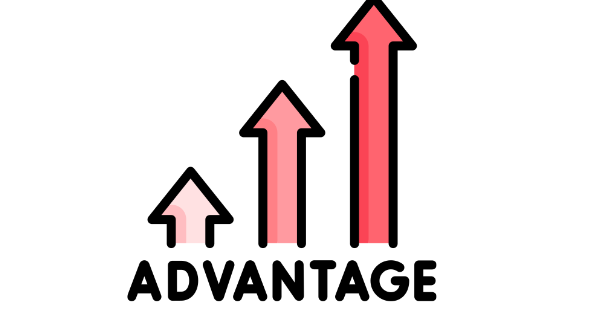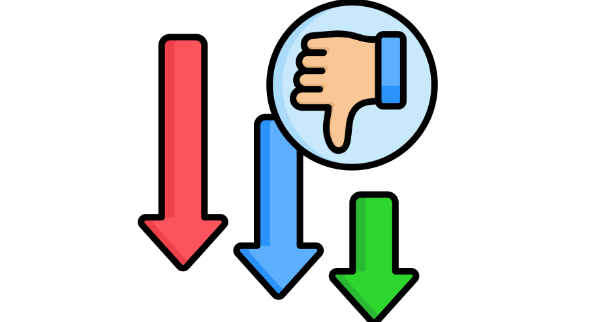Medical billing is a critical aspect of healthcare management, directly impacting revenue flow and operational efficiency. Deciding whether to handle medical billing in-house or outsource it can significantly affect your practice’s success. Explores the key advantages and disadvantages of in-house medical billing to help you make an informed decision.
Advantages of In-House Medical Billing

Managing medical billing in-house can provide numerous benefits for healthcare practices. Here are the key advantages:
1. Greater Control and Oversight:
- Direct Supervision: With an in-house team, you have immediate oversight of billing processes. This allows for real-time monitoring and quick adjustments if issues arise.
- Customization: You can tailor billing practices and procedures to fit your specific operational needs and workflow, ensuring a better alignment with your practice’s unique requirements.
2. Enhanced Communication:
- Immediate Feedback: Direct interaction between billing staff and clinical teams facilitates swift resolution of discrepancies and improves overall communication.
- Integrated Workflow: In-house billing allows for a more seamless integration with clinical operations, enhancing coordination and understanding of coding and documentation needs.
3. Data Security:
- Confidentiality: Keeping billing operations within your practice helps safeguard sensitive patient and financial information, reducing the risk of data breaches.
- Control Over Access: You have full control over who accesses billing data and can implement stringent data security measures to protect patient information.
4. Potential Cost Savings:
- Avoiding Outsourcing Fees: By managing billing internally, you can eliminate outsourcing costs, which may result in significant savings if you have the necessary infrastructure and staff already in place.
5. Immediate Problem Resolution:
- On-the-Spot Corrections: Any billing issues or errors can be addressed immediately without the need for intermediary communication, leading to faster resolution and reduced claim denials.
6. Better Alignment with Practice Goals:
- Tailored Strategies: In-house billing allows you to align billing practices with your practice’s goals and priorities, ensuring that billing strategies support your overall business objectives.
7. Improved Staff Training and Development:
- In-House Expertise: Developing a skilled in-house team means that staff can be specifically trained on your practice’s billing procedures, regulations, and software, leading to higher expertise and efficiency.
8. Enhanced Patient Experience:
- Streamlined Processes: Efficient in-house billing can contribute to a smoother patient experience by ensuring accurate billing, timely claims processing, and effective handling of patient queries.
9. Flexibility in Billing Practices:
- Adaptability: An in-house team can quickly adapt to changes in billing practices, payer requirements, and new regulations, ensuring that your billing processes remain up-to-date and compliant.
Disadvantages of In-House Medical Billing

While in-house medical billing offers several benefits, it also comes with its own set of challenges. Here are the key disadvantages to consider:
1. Higher Overhead Costs:
- Staffing Expenses: Hiring, training, and retaining skilled billing staff involves significant costs. This includes salaries, benefits, and ongoing training expenses.
- Technology Investment: Investing in billing software, hardware, and maintaining IT infrastructure can be costly. Regular updates and system upgrades are also necessary to stay current.
2. Resource Allocation Challenges:
- Diverted Focus: Managing an in-house billing department requires time and resources that might otherwise be spent on patient care or other critical operational areas.
- Administrative Burden: In-house billing adds to the administrative workload, potentially straining existing staff and impacting overall productivity.
3. Risk of Errors:
- Human Error: In-house teams may be prone to mistakes in coding and billing, which can lead to claim denials, delayed payments, and compliance issues.
- Complexity of Regulations: Keeping up with the constantly changing healthcare regulations and billing codes can be challenging, increasing the risk of non-compliance.
4. Scalability Issues:
- Growth Limitations: As your practice grows, scaling an in-house billing department can be complex and costly. Additional staff and resources may be needed to handle increased billing volumes, which can be difficult to manage effectively.
5. Increased Risk of Staff Turnover:
- Retention Challenges: High turnover rates among billing staff can disrupt operations and lead to additional costs related to hiring and training new employees.
- Knowledge Gaps: Frequent staff changes may result in gaps in knowledge and expertise, potentially affecting billing accuracy and efficiency.
6. Training and Development Needs:
- Continuous Education: In-house billing staff require ongoing training to stay updated with industry changes, coding updates, and regulatory requirements, which can be resource intensive.
7. Limited Expertise:
- Specialization: In-house teams may lack the specialized knowledge and experience that dedicated billing firms possess. This could affect the efficiency and effectiveness of billing operations.
8. Potential for Burnout:
- High Workload: The demands of in-house billing can lead to employee burnout, especially if the team is managing a high volume of claims and administrative tasks.
9. Inefficiencies in Processes:
- Lack of Benchmarking: In-house teams may lack the benchmarking and best practices that specialized billing companies bring, potentially leading to less efficient billing processes and revenue cycle management.
10. Difficulty in Adapting to Changes:
- Technology and Regulatory Changes: Keeping pace with advancements in billing technology and changes in healthcare regulations may be more challenging for in-house teams compared to specialized billing services.
Conclusion
In-house medical billing offers advantages like greater control, enhanced communication, and potential cost savings, but it also comes with drawbacks such as higher overhead costs, resource allocation challenges, and scalability issues. Carefully evaluate your practice’s size, growth potential, and administrative capacity to determine if in-house billing aligns with your strategic goals.
For some practices, a hybrid approach—combining in-house billing with outsourced services for specific functions—might offer a balanced solution. Regardless of the path you choose, thorough planning and ongoing evaluation are key to optimizing your billing operations.